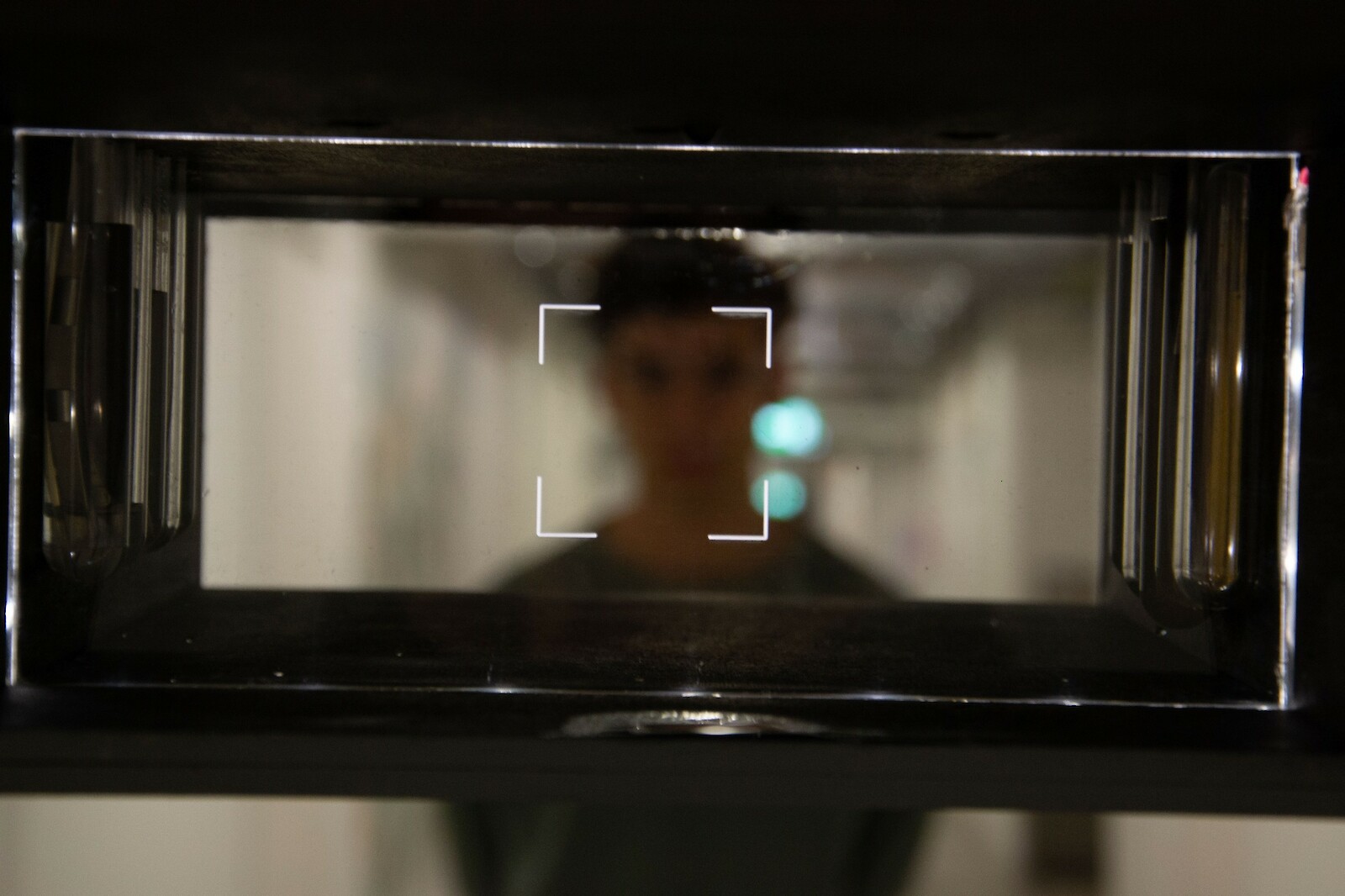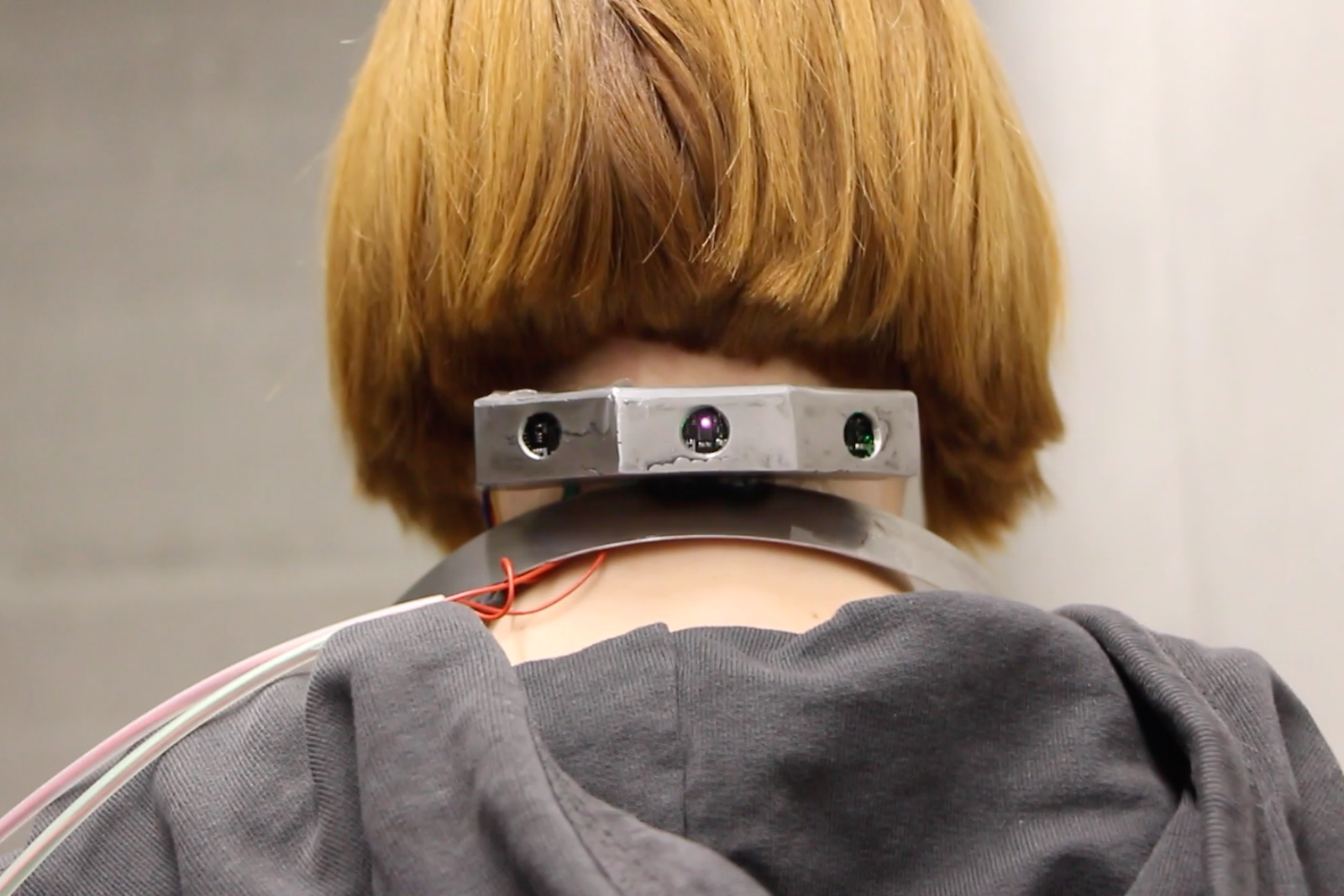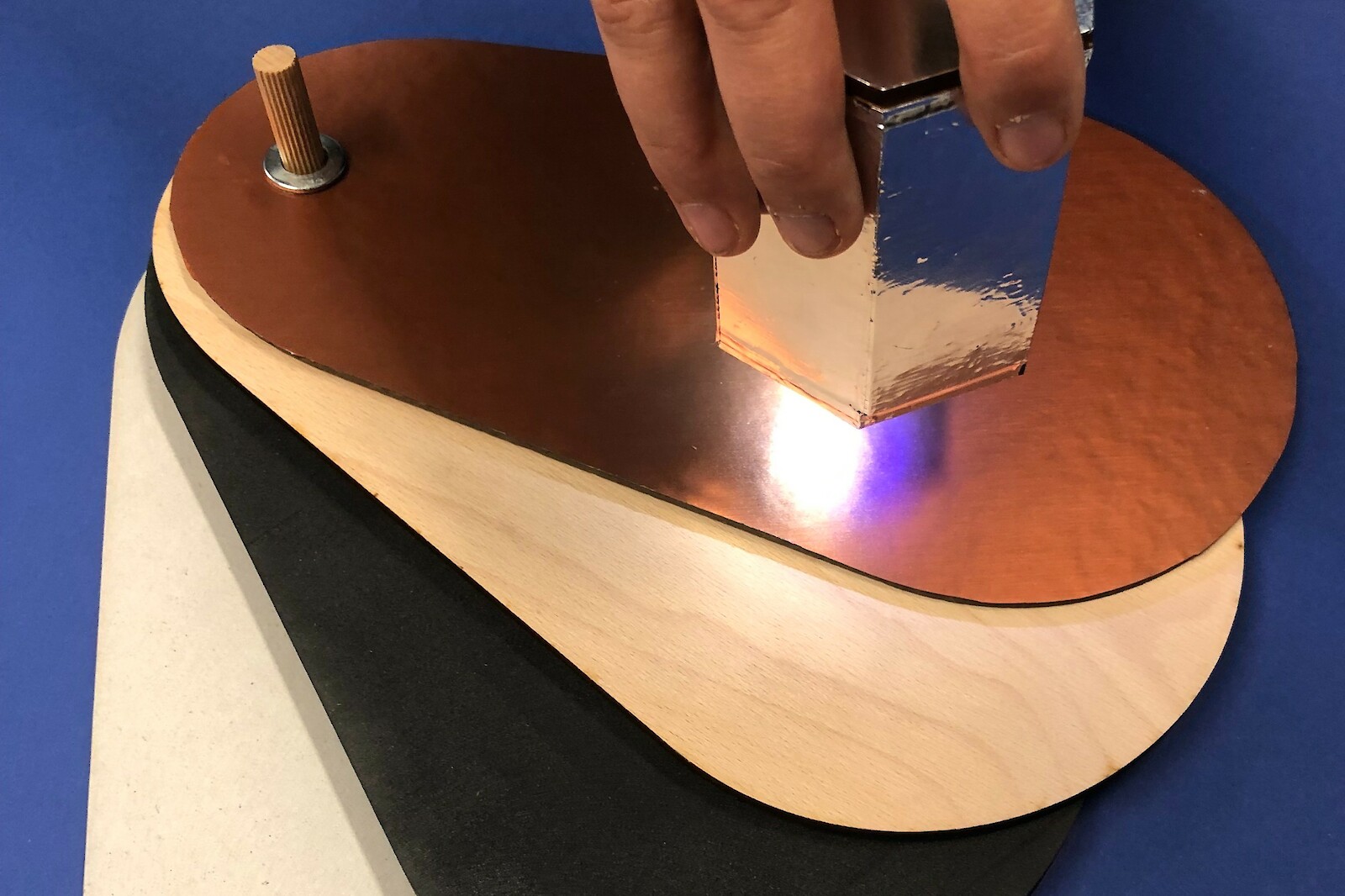Physical Computing 21: Sensory Substitution
Our definition of Physical Computing refers to the use of hardware and code to make interactive objects that can respond to events in the real world. These events may be from the environment (temperature, radiation, etc.) or user interactions (touch, speech, etc.). These devices might respond with direct physical feedback and action or by performing actions in a digital environment. Physical Computing also describes the creative problem-solving process through the use of technological and functional prototypes.
Using the method of sensory substitution, we may learn to perceive the world in novel ways. Our physical and mental capabilities are evolved to survive in environments that are completely incongruous with our modern experience: even a photo of a spider sparks fear, yet we can not perceive and respond appropriately to harmful forms of radiation. What new forms of sensing do we need for the contemporary or future habitat?
Student projects:
LUNITUS is a helmet that allows the wearer to discern the spectrum of light by hearing the individual color frequencies. The helmet reduces the wearers visibility just enough, to shift the focus on individual light sources and their corresponding sound profile.
The quality of light is something we don’t consciously perceive. Lunitus gives the user the ability to discern the invisible factors acting on us in our daily life.
With the advent of digital currencies, we are losing touch with our finances. Swiping a credit card just doesn’t elicit the same feeling of loss as giving away coins and notes. Which makes us spend more money but spend it with less intent. PAINMENT tries to reconnect us with our spending habits by briefly tightening the strap around the wearer’s chest when a payment is made.
SCENTSATION is a device that converts people and their faces into a distinctive smell. The display works similar to binoculars, where it recognizes people via facial recognition. All captured faces have individual adapted odors, which are released if the camera is perceiving the according faces.
The project EXPAND BODIES seeks to make up for the «blindness» of our backs and the unreachable to sight. Us humans have closely set eyes, made for tracking specific targets. This makes us less intune with other things going on around us. The added awareness of expanded bodies transforms our usually forward driven awareness to a more holistic one.
How would we hear materials if the light frequencies were meant for our ears instead of our eyes? MATER tries to approach the feeling of such an experience. We are used to process spaces and dimensions through seeing. We see, we interpret, we visualize. But what if material had no «physical» apparent structure, no color but only existed in sound. Would metal still be cold and hard? Paper still light and airy? How would we look at a room full of materials if we heard it? Would we furnish our home differently or even build it differently?




